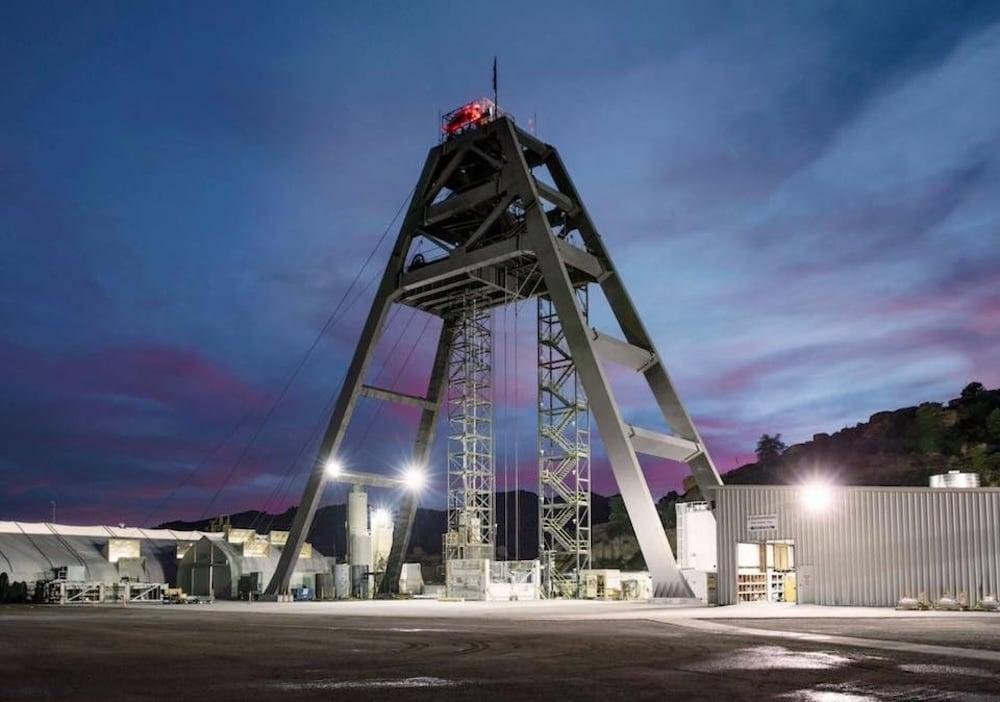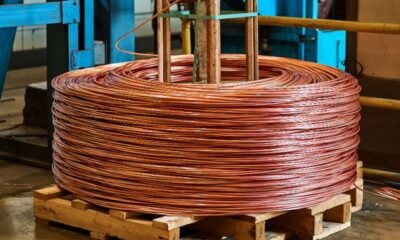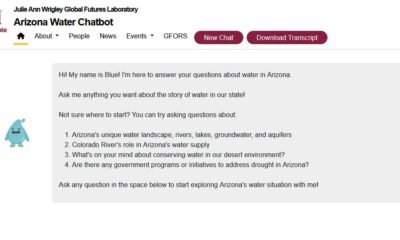Business
Revolutionary Tech Promises Cleaner Copper Refinement Without Polluting Smelting

At a lab in Newark, New Jersey, scientists from the mining startup Still Bright are leveraging vanadium to extract copper from difficult and costly ores. Their reactor resembles a small watermelon, swirling with a gray liquid that could change the mining landscape.
If these promising laboratory results can be scaled successfully, they may open up vast copper reserves critical for the energy transition. However, Still Bright is not alone; several startups are collaborating with major mining firms, amassing millions in investments, and asserting that their innovations can satisfy the growing global demand for copper while reducing the industry’s environmental impact.
Carter Schmitt, chief of staff at Still Bright, emphasizes the urgency: “We’re facing unprecedented demand for copper, intimately linked to the electrification of everything.” This demand stems from copper’s essential role in technologies aimed at achieving climate goals, such as electricity networks, wind turbines, electric vehicles, and lithium-ion batteries. As these markets expand, clean energy sector demand for copper is projected to nearly triple by 2040, coinciding with a decline in high-quality copper reserves.
Currently, about 80 percent of copper is sourced from primary copper sulfide ores, which require energy-intensive and environmentally damaging smelting processes. This has raised concerns, particularly among communities nearby, such as the San Carlos Apache tribe in Arizona, which has faced air pollution from nearby smelters that rank among the worst lead emitters in the country.
Jim Pew, director of clean air practice at Earthjustice, underscores the long-term effects of such pollution: “It falls back to the Earth and permanently contaminates the communities nearby.” The challenge is compounded by the fact that lower-grade ores are increasingly common as easily accessible minerals are depleted, driving up extraction costs and environmental costs.
Despite these challenges, many low-grade ores globally contain significant copper quantities. Goldman Sachs reports that the world’s top copper miners possess “billions of tons” of these ores. Several startups, including Ceibo and Jetti Resources, are exploring new methods, such as heap leaching, to recover copper more sustainably.
Ceibo claims to recover substantial copper amounts through a method that adjusts conditions within crushed ores. With $36 million in venture capital funding, including investments from major industry players, Ceibo is already conducting pilot tests in collaboration with Glencore in Chile. Meanwhile, Jetti Resources, based out of Colorado, is processing several primary sulfide ores commercially through heap leaching, reportedly doubling production at its sites.
While most heap-leaching technologies have limits—typically recovering only a fraction of the copper—Still Bright aims for higher efficiency. The company’s electrochemical reductive leaching can reportedly extract up to 99 percent of copper within minutes under moderate conditions, a considerable improvement over traditional methods.
The process integrates vanadium with copper in a unique configuration, minimizing the toxic pollutants associated with conventional smelting and enabling the use of renewable energy. Still Bright plans to launch its first pilot project by 2026.
Experts like Pew advocate for alternative refining methods due to the persistent concerns surrounding traditional copper mining practices. “We should be thinking about how to get that copper without these ancient technologies that pollute so much,” he says.
Yet, transitioning to cleaner copper extraction does not mitigate broader challenges such as habitat destruction and water pollution resulting from mining operations. The industry faces mounting opposition from both environmental activists and indigenous groups, leading to halted projects in regions like Panama and Arizona.
As mining giants increasingly invest in new technologies, the narrative is changing. These companies are beginning to see sustainable extraction as a substantial part of their future. Schmitt believes that the entire mining process, from extraction to refining, requires innovation and investment.


















